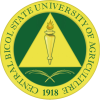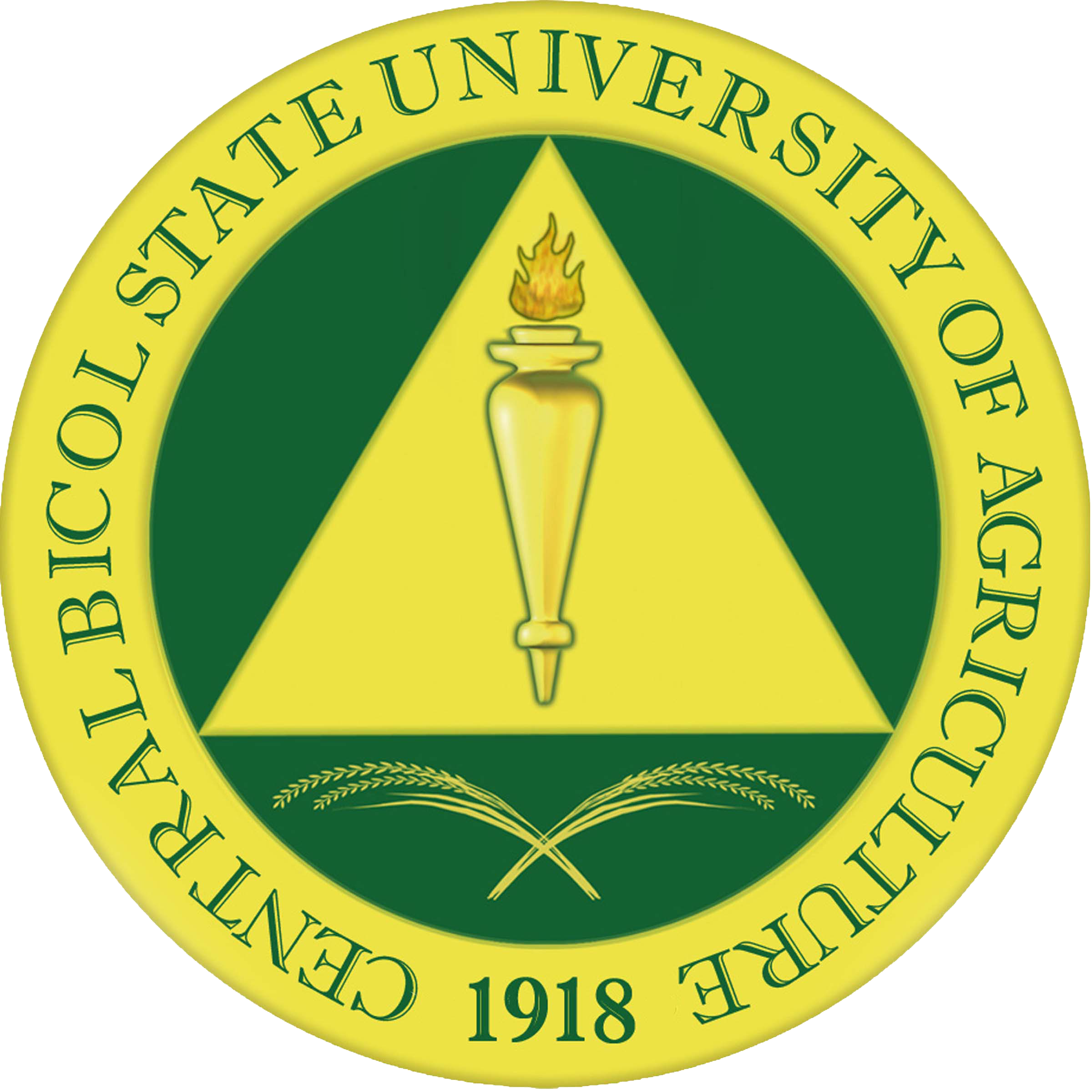The College of Agriculture and Natural Resources (CANR) started as a small academic department after the transformation of the agricultural Institution into Camarines Sur State Agricultural College (CSSAC) in the early 80’s. Two departments were created in 1984 – the Department of Crop Science (DCS) and the Department of Animal Science (DAS). The DCS specializes in Agronomy, while DAS was the only option offered by the other department. Later, before the end of the decade other areas in agriculture were opened, namely: Horticulture, Farming Systems, Entomology, Plant Pathology and Soil Science.
In the 1990s, there was a significant increase in enrollment in the agriculture curriculum brought about by the offering of additional areas of specialization,such as Agricultural Economics and Agricultural Extension. On the other hand, aside from DCS and DAS, another section was created – the Plant Protection Section, which takes charge of Entomology, Plant Pathology and Soil Science courses. New areas were opened, too, such as BSA major in Agricultural Extension and Agricultural Economics but these major fields of specialization were under the Department of Development Education and the Department of Agricultural Economics and Management, respectively.
The course, Bachelor of Science in Agriculture (BSA) is an old course which started in the early 70s offering Agronomy and Animal Husbandry as major fields of specialization. It is a research-oriented curriculum, a deviation from the age-old Bachelor of Science in Agricultural Education offering similar fields of specialization which started in the early 60s. The present ladderized curriculum of the BS Agriculture was implemented in 2009.
Aside from the BSA curriculum, CANR also offers Bachelor of Science in Agroforestry (BSAF) which focuses on the land use management system of incorporating trees,shrubs and woody perennials on crops and pasture. It combines agricultural and forestry technologies to maximize land utilization while promoting diverse,productive, profitable and sustainable agricultural landscapes.
With the conversion of the state college into a university, the Department of Agricultural Sciences and Environmental Management (DASEM) was transformed into the Institute of Agricultural Sciences and Environmental Management (IASEM) and finally to the College of Agriculture and Natural Resources (CANR). The three sections were turned into the following: Department of Plant Science (DPS); the Department of Animal Science (DAS); and the Department of Landscape and Environmental Management (DLEM), which are respectively headed by a Department Chairman elected for a term of two years.
In 2007, CANR offered the Bachelor of Agricultural Technology Ladderized Program(BAT-Lad) which exposed students to various skills and competencies in agriculture particularly in the crop and animal science. Through the years, CANR has stamped up its prime role for the development of the institution into a premier agricultural university in the region.
The year 2010 was very remarkable as the Institute embarked on various endeavors to sustain the university’s status being awarded as Center of Development (COD)for Agriculture and National Universities/Colleges of Agriculture (NUCA) in the Philippines. At present, CANR is manned by competent researchers,extension specialists, production experts and able-bodied professors to adopt quality education and relevant services for community development.



